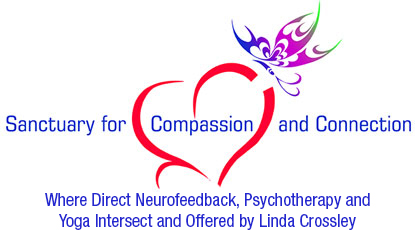5 Intention-setting Ideas to Build Courage This Spring
The fear that this pandemic has created is palpable. It is impacting all of us in some way. It is tapping into our primal sense of survival and bringing up stuff we thought was resolved long ago, but was perhaps simply hidden from view. Well as the days begin to grow longer, the light and warmth of the spring invite us to move through the darkness, face our fears and step into the light.
But how do we gather the courage to do so?
Below I provide intention-setting ideas on how to exercise our courage muscle (think your heart) in a healthy way to reduce the control fear has on your life, inviting in more confidence, joy and peace. I hope you will consider trying one!
- Give fear a voice. Remember when you were little and you were afraid that there were monsters under the bed or in the closet? Well, they were scary because we couldn’t see them. So, consider writing your fears down, giving them a name such as “failure”, “success”, “death”, “rejection”, “abandonment”, “vulnerability”, “dependence”, “emotions”, whatever it might be that stops you cold or wakes you up in the middle of the night. Simply by identifying the fear with a name shines a light on it, taking it out of the dark and zapping it of some of its strength to hold you back from living your life more fully in the present moment.
- Observe fear. When we can sit with our fear for a few minutes, get curious about it. Perhaps pose one or more of the 5 Ws and H questions (Who, What, When, Where, Why and How) to this fear. For example, perhaps ask it “Who gave you to me?, What do you want to tell me?, Where was I when I first remember recognizing you? Why might I need you? and/or How did you protect me in the past?”. Fear is a normal, natural part of being a human and it does serve and protect. It is when it leads our life that it hinders our ability to experience confidence and joy, which are also normal, natural parts of being human. The more you are able to befriend your fear, again the less dominant it will be.
- Share. Another powerful way to reduce the impact of fear is to share your fear with another person, whether it is a friend or an objective counselor. By verbalizing your fear to another, you take back some of your power that it has taken from you because you now can call it out – it can no longer hide in the dark. It reduces any shame that might be present from experiencing fear, because it challenges the belief that there must be something wrong with us if we have this fear. Remember, fear is a normal, natural part of being human.
- Visualize. Another tool to reduce the amount of power fear has in our lives is to visualize what it might look like to be fearless in the face of your fear. To support your visualization efforts, consider creating a vision board that will contain images and words that challenge your fear, that reflect your inner courage and strength to face your fear. Once created, remember to place your vision board somewhere you can see it everyday. I keep mine by my vanity, so I see it each morning when brushing my teeth!
- Take action. One of the most powerful antidotes to fear is acting in the face of fear, to slay the dragon so to speak. Now the action does not need to be something big, a small step forward is enough to exercise the courage muscle, giving it new found strength to take another small step. So, if you are not sure where to start, go back up to the intention-setting ideas above, and pick one to try out. Our fears may not ever be completely extinguished, yet, when we can look deeply at them, we take back our power and fear will no longer run the show from the shadows.
As always, if you try any of these intention-setting ideas for holistic health, I would love to hear about the impact they might have had for you. Please send me an email at linda@sanctuary4compassion.com to share!



